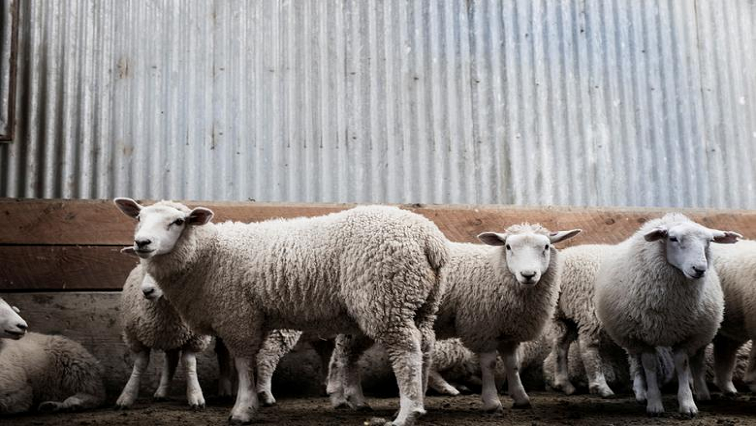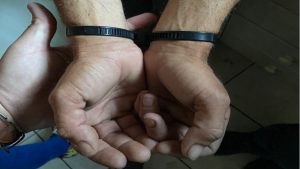Increasing incidents of stock theft is crippling the farmers in rural areas of the Eastern Cape. Emerging farmers from Gwaba location outside King William’s Town are counting losses as their sheep continue being targeted by criminals.
According to the latest statistics on crime, stock theft remains one of the major challenges in the province.
Residents of Gwaba location established a small livestock farming business in the late 90s to develop the community. The cooperation is made up of over 50 members, mainly women, who rely on proceeds from sheep wool to feed their families.
This time around, the cooperation will not be making profit as more than 20 of the members have lost some of their sheep. Farmer Nowongile Thelekiso says all her stock was stolen.
“Last week they came and it was for a second time. They took all of my stock, including the lambs and I was about to cut the wool the following day.”
Another farmer Nomphelo Mchophela says she caught a suspected red-handed, but she does not understand why he was released.
“This time around, I caught the suspect red-handed, but I don’t understand why he was released. We have been complaining about these thieves forever.”
CPU member, Ntlombeni Stemela, says they want government to form structures of safety.
“We want government to form structures of rural safety and all stakeholders must be involved. This can’t be the responsibility of the CPU; the whole community must be involved.”
Three of the top ten police stations with stock theft cases in the country are from the Eastern Cape.
Brigadier Tembinkosi Kinana says police are working with the community to fight the scourge.
“We are conducting daily and weekly multi-disciplinary operations. We encourage farmers to brand their stock so that, when we look for them, we’re able to identify them. We have a number of community engagements with farmers.”
In 2009 and 2010, the province recorded over 7 000 cases of stock theft. The number declined in 2013 and 2014 to 5 800, however, it has increased to 6 736 between 2018 and 2019.






